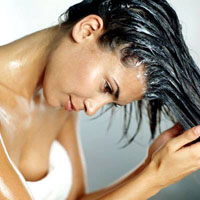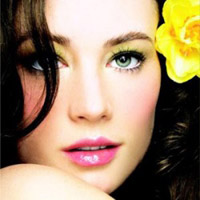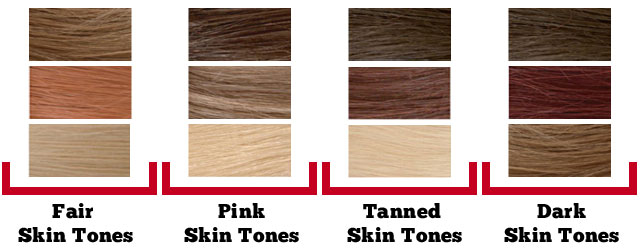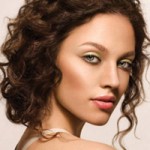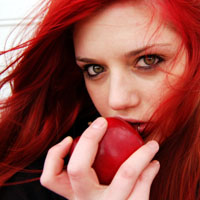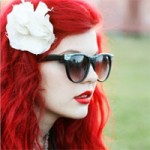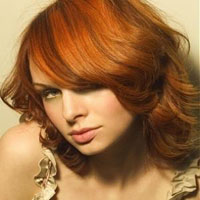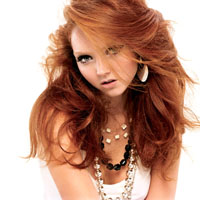
As far back as I remember, the ultimate compliment for anyone who colors their hair is the question; does she or doesn’t she?
For those who opt for a simple hair color enhancement and want to try and avoid the spotlight, subtlety is the most coveted outcome.
Sadly though, many find themselves looking flat or fake after trying even the most cautious approach.
Natural or Intentional?

Initially when I would consult with a client, I would ask; do you want it ‘natural’ or ‘intentional?’
By natural, I meant that you can do slight alterations to your color in a professional and intentional manner and still be understated yet appreciated. Think about it; what is natural hair color?
Natural can be gray, ashy, drab, mousy, and flat. Natural according to the magazines can be a lot different than reality, heck, that’s the reason we pay to have our hair colored! So if you’re going to invest in the process, at least receive the payoff with a color that looks great, however subtle it is.
How to achieve a natural looking hair color

The best way to do achieve a natural looking color is to stay within one (two tops) level of your natural hair color. This means that if you are a medium blonde, look for a product in a medium blonde shade.
From here you can take your ‘dishwater’ blonde and tweak it to a rich caramel, or add a hint of strawberry, or maybe cool down the brass without locking in your formula for future alterations.
To find your natural level, check out our guide to hair color shades
Many times you will find hair color swatches available for comparison in the hair dye aisles, which is better than holding the box up to your bangs. Check out our hair color charts page to see the current shades available from the major brands.
Select the right product
When trying to achieve a natural color, firstly I recommend using a low ammonia/peroxide color which are usually called ‘semi’ or ‘demi-permanent’ hair colors. They claim that they come out in a few shampoos, but I say to expect a bit longer if you add a pigment that is different from your own. This means if you are a medium brown, but you add a hint of chestnut, you may still see some of the red tones beyond the twelve shampoo mark.
Since these products do contain some developer (peroxide), you may also notice that the hair dulls over time. This is because a newly applied color adds shine to the hair, which is easy to get used to, but after the color is shampooed out all that is left is the treated hair with little or no tonal value. These semi-permanent products do allow a bit more frequency though so you can refresh your color more often.
Express Color

Another trick of the trade is express color, or ‘soap capping’ as it was called back in the day. Nowadays, some stylists will simply ‘bump up’ your natural color by mixing a natural tone formula with a bit of shampoo or conditioner, and lather it through the hair for a few minutes. Usually five to ten minutes will do the trick.
This will top up the natural base slightly, warm it up a touch, and deposit a little color. It is subtle but a great way to try on color for the first timer. Simply wet down your hair, towel dry, and mix up a small amount of the color of choice (usually about one half the formula) and add a few healthy pumps of shampoo. Mix and lather through and thoroughly saturate your hair. Process, and then rinse well and shampoo out the remainder.
This will give you a taste of a color, which you can always choose to make more permanent later. This is also useful to refresh your current color or to add tone to faded ends.
Preserving your natural hair color

One of the key ways to preserve natural color, whether it comes from Mother Nature or from a bottle is to respect your hair fabric as just that – a fine fabric.
Selecting good products such as color friendly shampoos and other reputable hair care products will extend the life of your hair and its color.
Also hot tools such as blow dryers and flat irons will split, dry, and compromise your fabric and reduce its ability to shine, which is a detriment to any color – natural or otherwise. Using silicone or glycerin based styling serums for shine can help repair some of the damage your styling tools deplete.
Conditioners are not only for comb-ability but also help maintain a moisture balance which is what locks the color molecules into the hair as well as seal the cuticle which keeps the color from escaping as quickly. There are many to choose from and if weighing your hair down is a concern, look for leave-in types which are often very light in weight.
Enjoy your natural shade!
Color does not have to be dramatic to be beautiful, and there is elegance through simplicity. Just remember to stay ‘close to home’ as far as your natural color level goes and it will not be hard to find your way back if necessary.
Remember to take care of your hair as it is truly your most valuable accessory, think about it, you wear it with every outfit!
